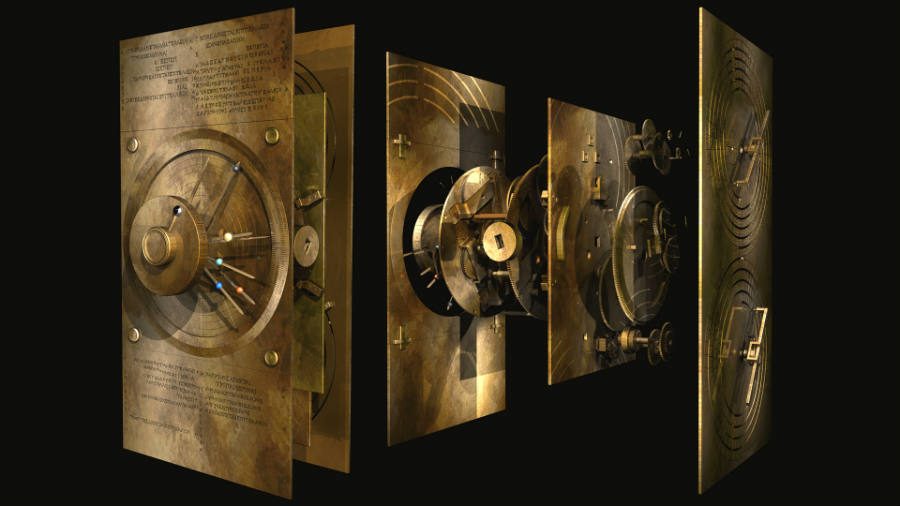This Wednesday’s Google Doodle commemorates a very special occasion in the history of technology. It marks the 115th anniversary of the discovery of the Antikythera Mechanism, which is a contraption named the world’s first analog computer.
It is estimated to be over 2,000 years old, and it dates back to the times of the Greek civilization when astronomy was in its heyday. The Mechanism was able to trace the cycles of the sun and the moon, predicting eclipses and planet orbit trajectory across the zodiac.
Scientists have deciphered some of the mysteries of the Antikythera Mechanism, and some have even built working replicas. Still, much remains to be discovered about this advanced piece of technology, a precursor of the computers and instruments we now carry in our pockets.
How does a 2000-year computer work?
The Antikythera Mechanism is an ancient contraption believed to be designed as a tracking device for several astronomical phenomena. Some theorize that it may have been created for purely scientific purposes, while others think it may have had strategic nautical applications.
It was made of bronze and other metals, cast into gears and contraptions that worked together in a sophisticated arrangement. The whole Mechanism was probably placed inside a metal or wooden case, from which astronomers or those who operated it could read its predictions.
The device worked with a manual handle that people could turn to calculate astronomical events happening over the next couple of decades with accuracy. Scientists place the Antikythera Mechanism’s creation in the late second century BC.
It featured a large dial in the front, which showed the 365 days of the year based on the Egyptian solar calendar. It could track the positions of the sun and the moon, as well as its phases in any given day.
The Greeks also devised the Mechanism to trace the movements of most of the planets according to the zodiac, as well as to predict eclipses. Some believe it could have been used to calculate the four-year period between Olympic Games, known as an Olympiad.
Some say it is more accurate to call it a calculator rather than a computer, but the highly-advanced mathematic and astronomical principles behind the Mechanism’s functionality make it worthy of the title.
It was only this century that advanced digital imaging technology allowed researchers to uncover some of the mysteries lying under the corroded metal gears. Below, inscriptions revealed what were indeed instructions on how to interlock the gears and an explanation of its purpose.
The Antikythera Mechanism was found in 1902 near the coast of Antikythera, Greece. 82 fragments of the device were recovered, and seven of them feature highly advanced mechanical craftsmanship. All of them are preserved at the National Archaeological Museum in Athens with other invaluable pieces found in the shipwreck.
Source: Google



